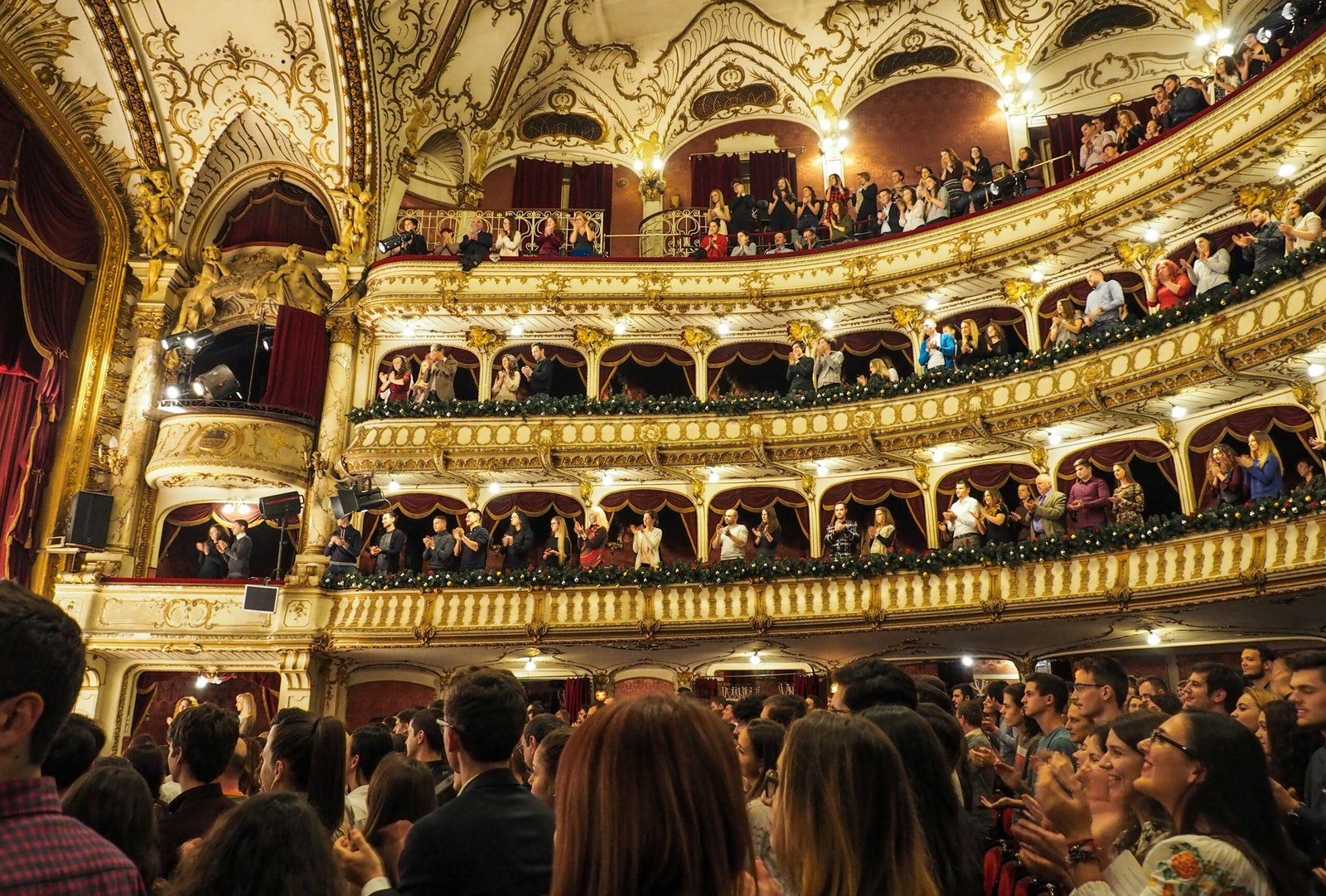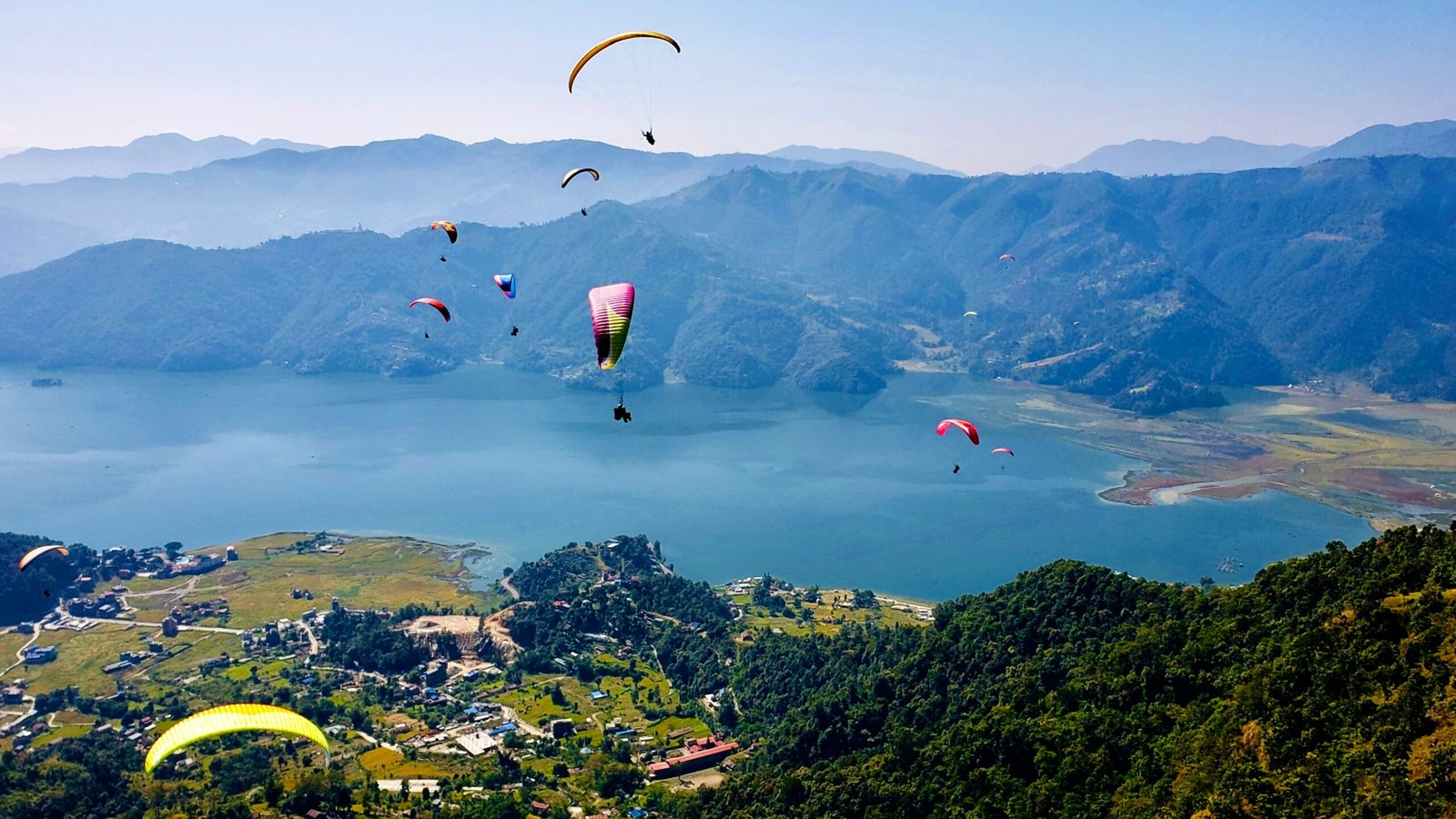Introduction to the Gateway of India

The Gateway of India is an iconic landmark in Mumbai, India, showcasing a blend of history, culture, and architecture. Located in the Apollo Bunder area, it overlooks the Arabian Sea, offering stunning views that attract tourists worldwide. Built to commemorate the visit of King George V and Queen Mary in 1911, the Gateway was officially inaugurated on December 4, 1924. Today, it stands as one of Mumbai’s most popular attractions.
This grand structure once served as the ceremonial entry point for Viceroys and Governors. More importantly, in 1948, it became the departure point for the last British troops, symbolizing the end of colonial rule. The Gateway represents both colonial grandeur and India’s journey to independence.
The Gateway of India is not just a historical monument but a lively hub of activity. National festivals, public gatherings, and street vendors contribute to the vibrant atmosphere. Visitors can also enjoy boat rides to the famous Elephanta Caves nearby, making it a key spot for tourism.
Architecturally, the Gateway is a marvel. Built-in the Indo-Saracenic style, its intricate carvings and imposing arches reflect both artistry and strength. The monument links the past with the present, standing as a symbol of resilience.
Situated in the heart of Mumbai, the Gateway of India remains more than just a tourist destination. It encapsulates an era, bridging the city’s colonial past and independent future, making it a must-visit attraction for anyone exploring Mumbai.
Historical Significance and Construction
Built to honor the 1911 visit of King George V and Queen Mary, it represents the might of the British Empire. The foundation stone was laid on March 31, 1913, with construction taking over a decade. In 1924, the Gateway was finally inaugurated, welcoming dignitaries arriving by sea to the bustling city.
More than a commemorative structure, the Gateway served as a grand ceremonial entrance for viceroys and governors. Designed by architect George Wittet, its Indo-Saracenic style merges Hindu and Muslim architectural elements, reflecting India’s diverse culture.
The Gateway has witnessed many significant moments in history. Most notably, in February 1948, the last British troops left India through this monument, marking the end of colonial rule. This event forever tied the Gateway to India’s path to independence.
Over the years, the Gateway of India has become an iconic site for state functions, public gatherings, and celebrations. It is deeply woven into the fabric of Mumbai’s identity, standing tall as a witness to the city’s dynamic history.
Today, millions of visitors come to admire not only its stunning architecture but also the rich history it holds. The Gateway of India remains more than a colonial relic; it symbolizes cultural fusion and historical change, shaping Mumbai’s legacy. This majestic monument continues to captivate with its blend of history and beauty, making it a must-visit for anyone exploring the city.
Architectural Details
The Gateway of India stands as a striking example of Indo-Saracenic architecture, blending Hindu and Muslim styles. Designed by Scottish architect George Wittet, it draws inspiration from 16th-century Gujarat architecture and Victorian engineering. Wittet aimed to capture India’s cultural richness, and his attention to detail is evident throughout the design.
The central arch, towering at 26 meters, was constructed using yellow basalt and reinforced concrete. The yellow basalt adds durability and grandeur, while the reinforced concrete ensures stability. This combination allows the monument to endure the test of time, symbolizing its strength and importance.
One of the most captivating features of the Gateway is its intricate latticework and carvings. Delicate floral designs adorn the arch, showcasing the skill of Indian artisans. Four turrets, each featuring elaborate lattice patterns, enhance the structure’s beauty, playing with light and shadow to create a majestic appearance.
The Gateway also boasts cultural fusion through its sculptures and domes. The central dome is flanked by four smaller domes, designed in the traditional Muslim style, reflecting India’s diverse influences. Steps leading down to the Arabian Sea further connect the monument to Mumbai’s vibrant coastal landscape, adding to its ceremonial presence.
Overall, the Gateway of India is more than a historical landmark; it is a masterpiece of architecture. Wittet’s use of materials, the grand arch, and the intricate artistry come together to reflect India’s rich heritage. This monument stands as a testament to the country’s cultural diversity and architectural brilliance, making it a must-see for visitors.
Modern-Day Relevance and Tourism
The Gateway of India is a key historical and architectural landmark, attracting both local and international visitors. While it recalls India’s colonial past, it also thrives as a modern cultural hub in Mumbai.
Throughout the year, the area around the Gateway hosts numerous cultural events and festivals. From music concerts to art exhibitions and religious celebrations like Ganesh Chaturthi and Christmas, it offers a vibrant atmosphere. This mix of diverse activities creates a unique experience for visitors.
The Gateway’s location makes it even more appealing. Nearby, the luxurious Taj Mahal Palace Hotel offers a glimpse into India’s hospitality traditions. The ferry rides from the Gateway to the Elephanta Caves, a UNESCO World Heritage Site, add another dimension to the visitor experience. Colaba Causeway, with its lively markets, is also just a short walk away, perfect for those seeking local handicrafts or trendy fashion.
Visitors to the Gateway of India have easy access via public transport like trains, buses, and taxis. Entry to the monument is free, and guided tours help enhance the experience with historical insights. Informative placards provide additional context, making the visit both enjoyable and educational.
Efforts to preserve the Gateway are ongoing. Conservationists work alongside local authorities to maintain the structure’s beauty and strength, ensuring it remains as impressive as it was when inaugurated in 1924.
The Gateway of India continues to inspire, educate, and captivate, offering a blend of history and modern relevance that keeps its legacy alive.










